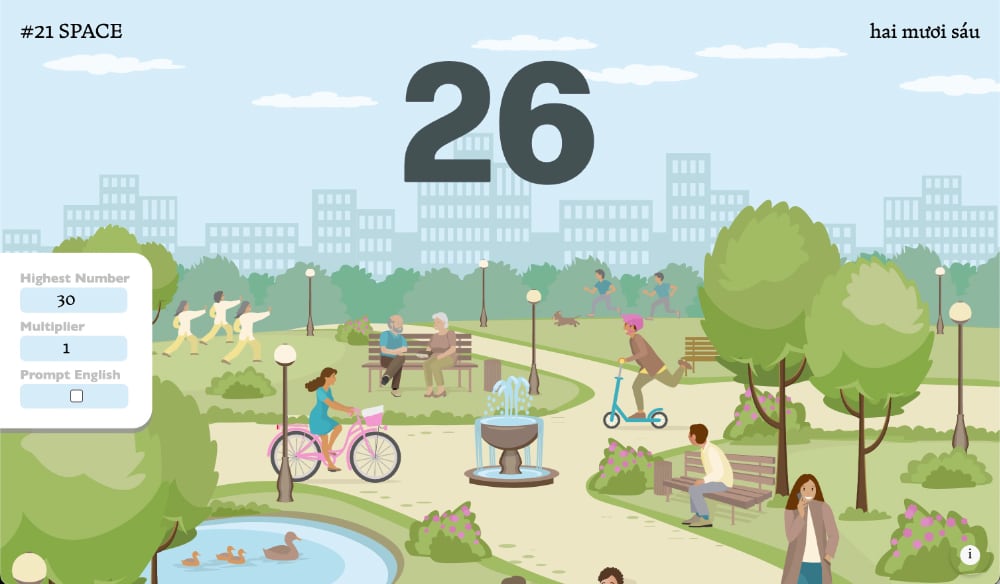Mindfulness and Feldenkrais are two different approaches that can be used to enhance self-awareness and promote personal growth, but they have distinct origins and methodologies. Here’s an overview of their differences:
Origins
- Mindfulness: Mindfulness has its roots in Buddhist meditation practices. It involves paying attention to the present moment, intentionally and non-judgmentally, with a focus on cultivating awareness and acceptance.
- Feldenkrais: The Feldenkrais Method was developed by Moshe Feldenkrais, a physicist and engineer. It draws from principles of physics, neurology, and motor development to explore movement and promote efficient functioning of the body and mind.
Focus
- Mindfulness: Mindfulness emphasizes present-moment awareness of thoughts, feelings, bodily sensations, and the surrounding environment. The aim is to develop a non-reactive and non-judgmental attitude towards experiences, leading to increased self-acceptance and reduced stress.
- Feldenkrais: Feldenkrais focuses on movement and body awareness. It aims to improve physical and mental functioning by exploring and refining movement patterns. The method uses gentle, slow movements and sensory awareness to enhance flexibility, coordination, and overall well-being.
Techniques
- Mindfulness: Mindfulness meditation is a key practice in cultivating mindfulness. It involves intentionally bringing attention to the breath, body sensations, thoughts, and emotions. Mindfulness can also be applied to daily activities, such as eating or walking, by paying full attention to the sensory experiences involved.
- Feldenkrais: Feldenkrais consists of two main approaches: Awareness Through Movement (ATM) and Functional Integration (FI). ATM involves verbally guided group classes with specific movement sequences that encourage exploration and self-discovery. FI is a one-on-one hands-on approach where a trained practitioner uses gentle touch and movement to facilitate the client’s learning and self-awareness.
Applications
- Mindfulness: Mindfulness practices are widely used for stress reduction, improving attention and focus, managing emotions, enhancing overall well-being, and cultivating a greater sense of compassion and empathy.
- Feldenkrais: Feldenkrais is often utilized for improving movement efficiency, posture, and flexibility, relieving pain or physical discomfort, enhancing athletic performance, recovering from injuries, and promoting relaxation and body awareness.
Legal Status
- Mindfulness: Mindfulness itself is a practice and a state of awareness rather than a specific technique or method. As such, mindfulness is not subject to legal status or regulation.
- Feldenkrais: The Feldenkrais Method is a trademarked name and has legal protection as a proprietary method. Only certified Feldenkrais practitioners are authorized to teach the method under licensing agreements.
Usage Rights
- Mindfulness: Mindfulness is an ancient practice that has been shared and taught in various forms for centuries. While there are numerous mindfulness-based programs and courses available, the core principles and techniques of mindfulness are generally considered to be in the public domain. This means that anyone can teach or incorporate mindfulness practices into their work without requiring specific permissions.
- Feldenkrais: The Feldenkrais Method is protected by copyright and trademark laws. This means that the use of the name “Feldenkrais” and the specific teachings and techniques are restricted to those who have received certification and licensing from authorized Feldenkrais organizations. Unauthorized use of the Feldenkrais name or teaching methods can infringe upon copyright and trademark laws.
Copyright
- Mindfulness: Since mindfulness is a broad concept and does not have a specific set of techniques or exercises attributed to a single author, it does not have specific copyright protections. However, individual works, such as books or guided meditation recordings, that incorporate mindfulness teachings may be subject to copyright.
- Feldenkrais: The specific writings, books, and recorded materials authored by Moshe Feldenkrais, as well as the instructional materials and curriculum are protected by copyright. Unauthorized reproduction or distribution of these materials would infringe upon copyright laws.
To conclude, while mindfulness primarily focuses on the mind and emotions, Feldenkrais encompasses both physical and mental aspects, emphasizing movement and body awareness. However, it’s important to note that these approaches can complement each other, as both involve cultivating present-moment awareness and can contribute to overall self-improvement and well-being.
Prompts by Alfons, Texts by ChatGPT 3.5, 24 May 2023 Version. I (Alfons) might not agree with the texts that were generated by ChatGPT.







